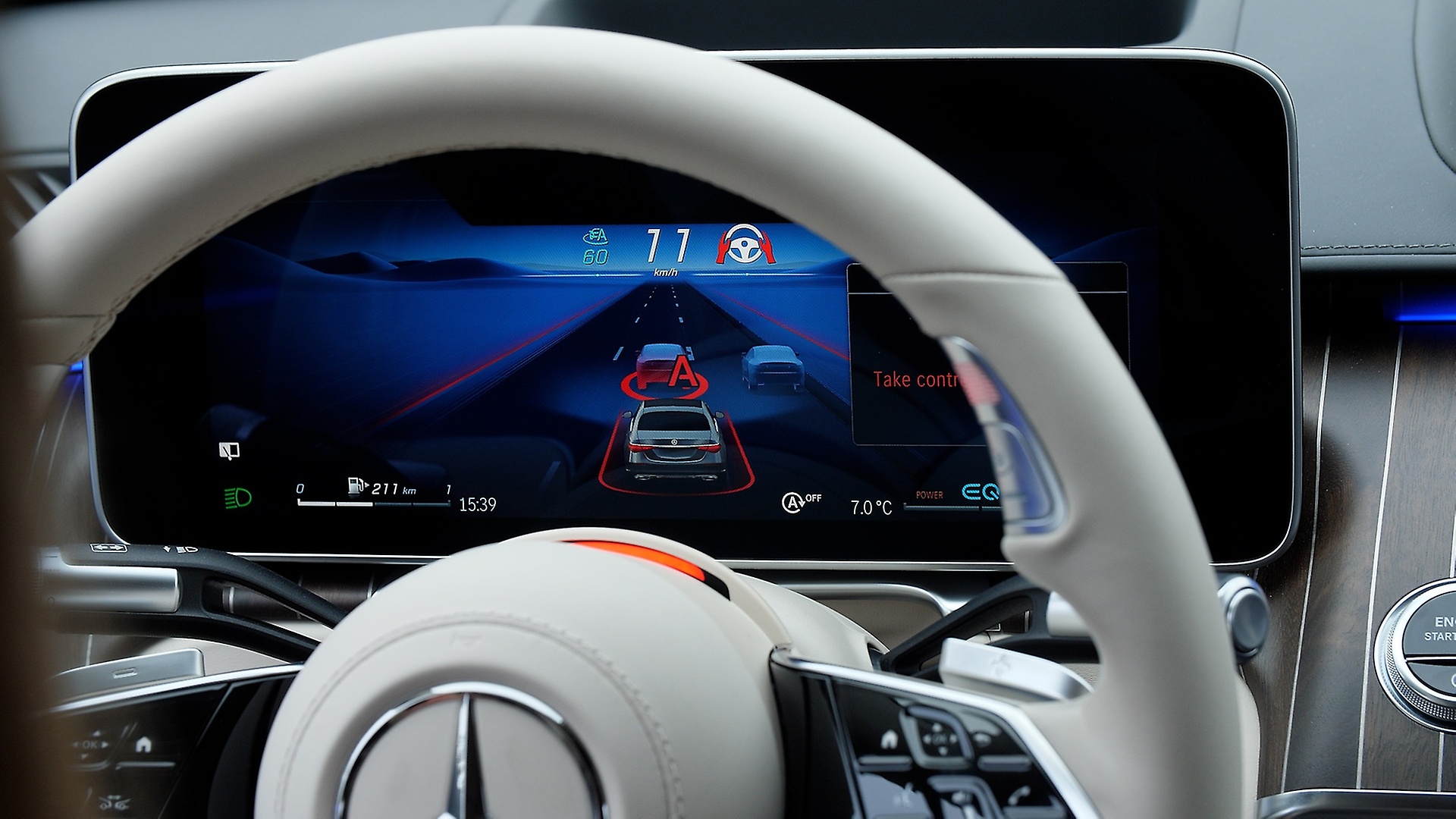The British government wants to make autonomous driving mainstream by 2025. Together with Germany, the country was one of the first in Europe to agree to what we might call a first step towards regulate driverless cars.
Fully autonomous driving is still a long way off today. Today, there are already several vehicles on the market equipped with extremely advanced ADAS, such as: automatic pilot by Tesla. These technologies can free the driver from various tasks: for example, they independently control the speed, brake when traffic slows down and in some cases they can even steer and change lanes without driver intervention. However, these are still limited solutions and can work in very specific situations. These technologies are called Level 2 Autonomous Driving and will only work on the highways mapped by the manufacturer.
As autonomous driving technologies become more sophisticated, fundamental questions also arise. For starters: when an autopilot engages accident, whose responsibility is it?? The driver who didn’t pay attention and didn’t drive on time, or the car manufacturer?
The UK is the first country to respond. The new rules state that the driver is relieved of any responsibility in the event that the accident occurred while autonomous driving was active. Such an responsibility rests with the manufacturer of the vehicle – or, even more so, of the companies that provide robotic axi services.
However, these rules only apply to cars equipped with autonomous driving – and not to cars equipped with simple advanced ADAS. In the coming months, the UK will begin classifying vehicles already on the market or being homologated to determine which vehicles can actually be considered self-driving – and thus subject to the newly approved regulations.
Source: Lega Nerd











